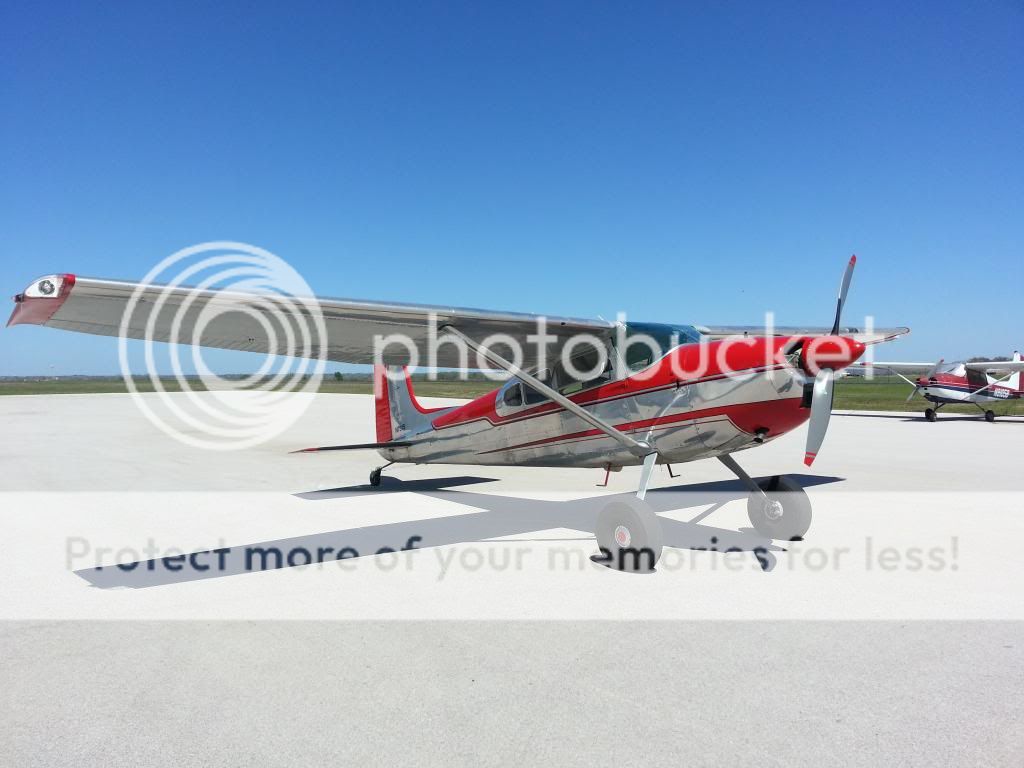Well, for the people who take satisfaction in the precision of hitting the centerline, for no other reason than the satisfaction are NOT going to skid the airplane over and side-load the airplane just for the sake of hitting the centerline. That is sloppy flying. I've never heard of anyone wrecking an airplane due to their attempt at hitting the centerline. It's not a "smart" vs. sloppy thing, it's a satisfaction vs. sloppy thing.
Nothing wrong with doing that if it makes you happy, but it has very little effect on reducing x-wind component. Let's say you have a 100' wide runway, planning on a 1000' landing rollout, touch down on the very edge, and come to a stop on the opposite edge. That's only a 6 degree angle from parallel with the runway.
If you had a 25KT, 90 degree x-wind, that diagonal landing would have reduced your x-wind component by a whopping 0.12 KTS. It gets a little better the closer the wind is to the runway heading, but then of course, there's much less x-wind component anyway. You'd save 1.94 KTS of x-wind component with that same wind at 45 degrees, and you'd save 2.50 KTS of x-wind component with that 25KT wind @ 20 degrees. Not sure how many people have actually done the math. I'll stay on center.
Not unless you're in a J-3 and landing nearly across a huge wide runway.





 The advantage of tailwheel planes is they are slightly more dangerous and hence slightly more fun. But you ain't supposed to say it that way, because taking fun in danger is not allowed anymore so you need to dress it up with flowery statements about flying a classic, off airport suitability, or stick and rudder skill enhancement.:wink2:
The advantage of tailwheel planes is they are slightly more dangerous and hence slightly more fun. But you ain't supposed to say it that way, because taking fun in danger is not allowed anymore so you need to dress it up with flowery statements about flying a classic, off airport suitability, or stick and rudder skill enhancement.:wink2: